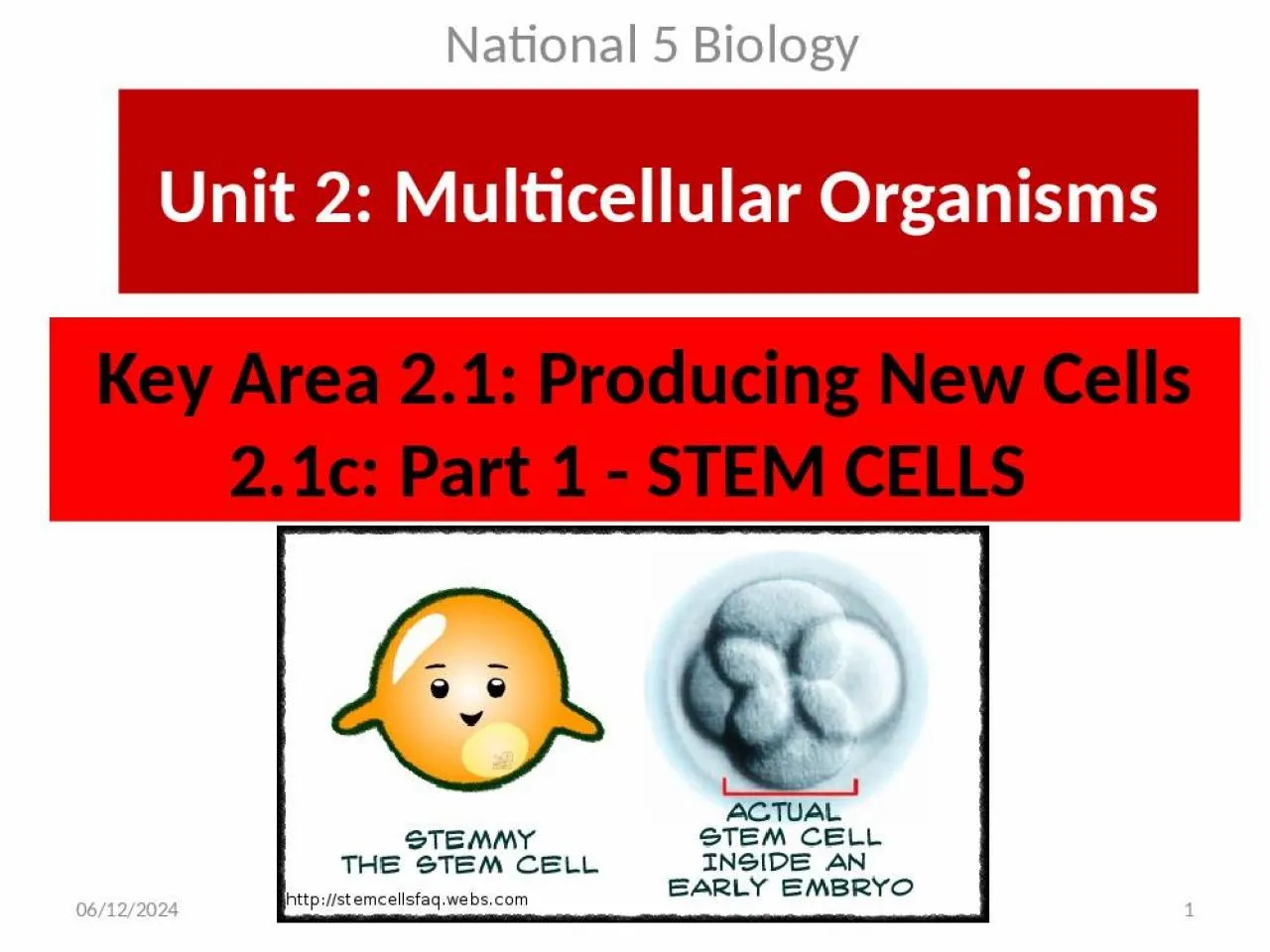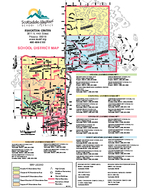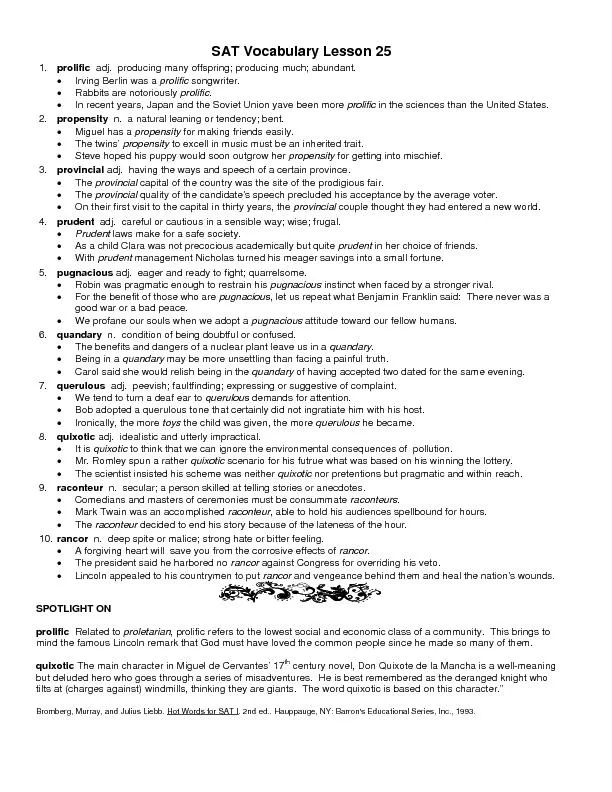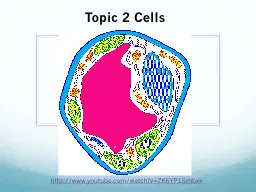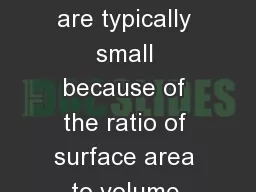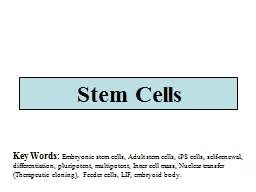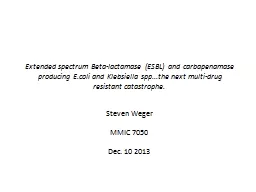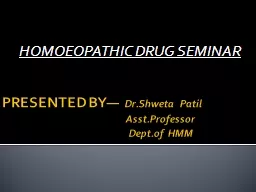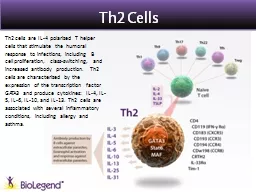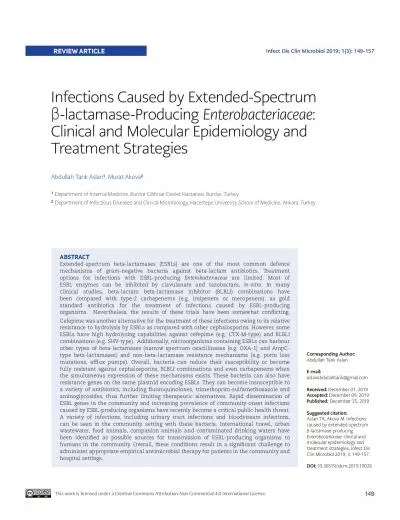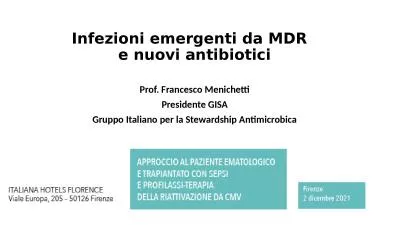PPT-Key Area 2.1: Producing New Cells
Author : thomas | Published Date : 2022-04-06
21c Part 1 STEM CELLS National 5 Biology Unit 2 Multicellular Organisms 1052019 1 Mrs Smith National 5 Biology Learning Intentions National 5 Biology 1052019
Presentation Embed Code
Download Presentation
Download Presentation The PPT/PDF document "Key Area 2.1: Producing New Cells" is the property of its rightful owner. Permission is granted to download and print the materials on this website for personal, non-commercial use only, and to display it on your personal computer provided you do not modify the materials and that you retain all copyright notices contained in the materials. By downloading content from our website, you accept the terms of this agreement.
Key Area 2.1: Producing New Cells: Transcript
Download Rules Of Document
"Key Area 2.1: Producing New Cells"The content belongs to its owner. You may download and print it for personal use, without modification, and keep all copyright notices. By downloading, you agree to these terms.
Related Documents

